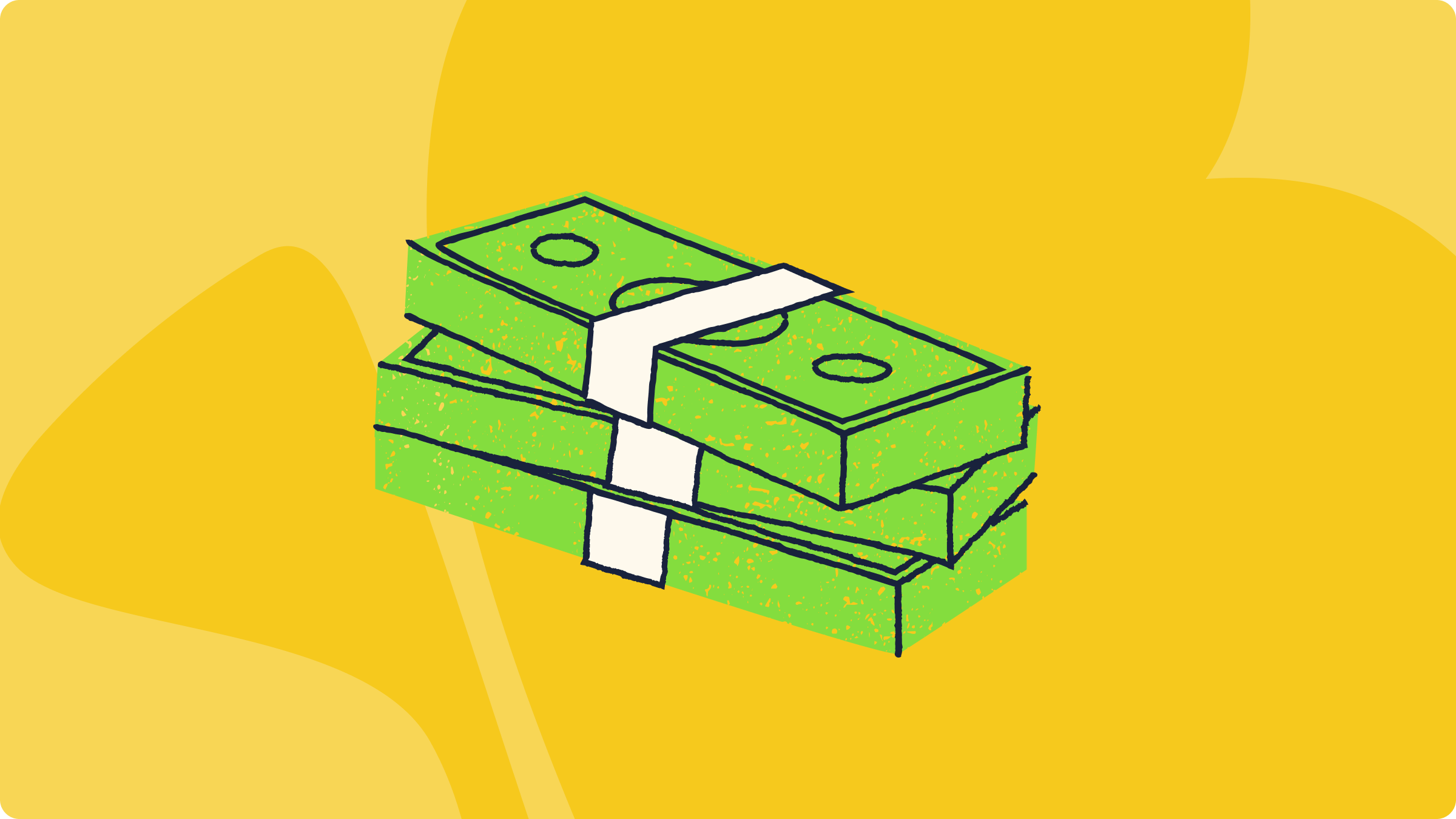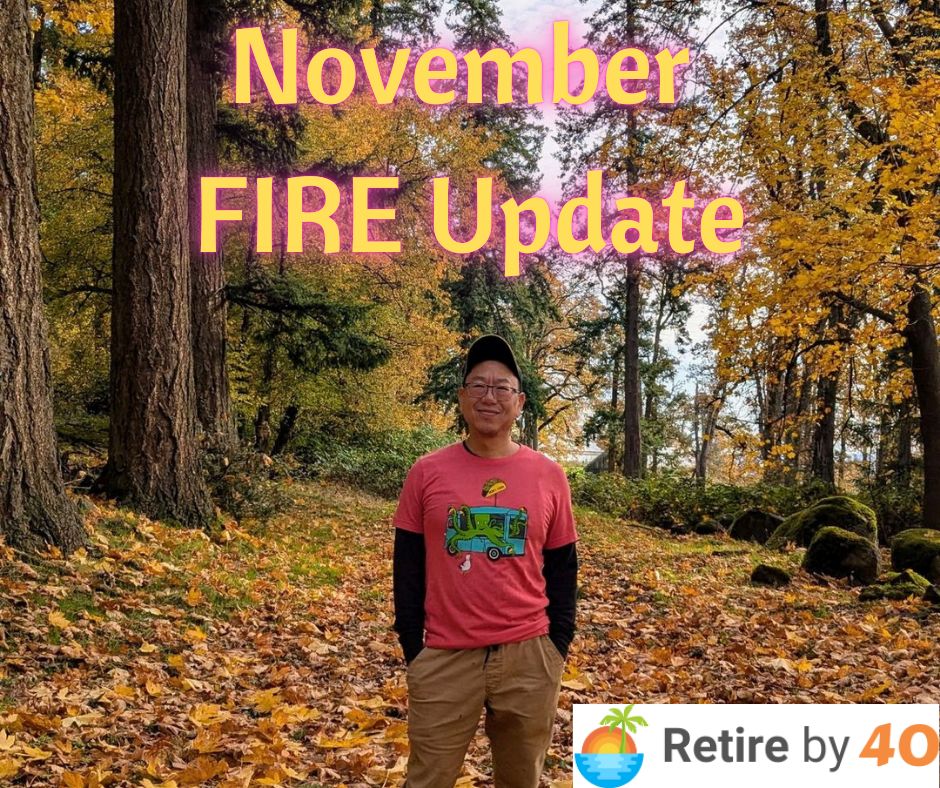Have you ever had a financial year from h-e-double-hockey-sticks? Everything that can go wrong seems to be going wrong in the worst possible ways… and all at the same time. I’m in one of those years right now.
I recently discovered I miscalculated my tax withholding, resulting in a $6,000 bill. My eldest daughter also had a medical concern (she’s okay!) that will cost another $6,000 after insurance. To top it off, repairs from an old car wreck ended up costing $6,000. What is it with the magic number $6,000!?
All of these mishaps had me asking a classic financial question: “Where is the money going to come from!?”
Usually when we ask this question, it’s rhetorical. It’s less of a logistical question and more of a rip-your-clothes, cover-yourself-in-ashes, and shout-to-the-heavens-in-desperation kind of a question. But for me the past year, that question has not been rhetorical. Because of the YNAB method, I’ve actually been able to answer it. And I want you to know it’s possible for you to answer it, too. Here’s how.
Money stress is a cry for clarity
So often, when we ask, “Where is the money going to come from?” we’re not even trying to answer it. In fact, we believe answering it is impossible. Instead, we’re expressing frustration over the lack of clarity in our financial lives, a problem that affects every spending decision, not just the big ones.
It’s not clear to me whether buying groceries today will mean I can’t pay for my electric bill next week. It’s not clear to me whether dining out as much as I did last month will keep me from taking my kids to the beach next summer.
It’s not clear to me whether my spending lines up with who I am.
This insidious, pernicious lack of clarity is the root cause of financial stress. It leads us to constant second-guessing and robs us of lasting contentment. We’re beset, bewildered, and bursting with frustration.
But it doesn’t have to be this way.
How YNAB gives you clarity
YNAB can give you the clarity you seek through top-shelf planning software, but most importantly through a simple set of habits that you can apply to your financial life consistently. Through the YNAB Method, you’ll be able to answer the question of “Where is the money going to come from?” every single time with quick confidence.

YNAB helps you break down your bank balance.
When most people are struggling with a lack of clarity in their finances, usually the first thing they do is check their bank balance. It’s the only piece of information they have to bring some order to the chaos. But the truth is it’s powerless to help.
Your bank balance may show whether you have enough money right now to cover a purchase, but you’ll never know for sure if spending that money now may put you into trouble later. That’s because your bank balance doesn’t tell you anything about what your money is supposed to do.
But if you follow Habit 1 of the YNAB method, Give Every Dollar a Job, you’ll have that clarity at your fingertips. Take your bank balances and break them down into smaller, more manageable chunks by assigning each and every dollar to a specific purpose. Then every time you get paid, you’ll repeat the process.
This ongoing practice provides the framework—the baseline—for making any number of difficult financial decisions. No more doing constant mental math, keeping a complex calendar in your head, or constantly worrying that you’ve forgotten something crucial. You’ll have every priority listed as a category, so you can refer to it when you need to make a decision.
YNAB helps you get ahead of inevitable expenses.
As you give every dollar a job, consider non-monthly bills and expenses too, like your car repairs, your yearly Amazon Prime subscription, or your quarterly property tax bill. Start setting money aside each and every month for all of these things, so when they come due, you’ll be ready for them.
This is Habit 2 of the YNAB Method, “Embrace your True Expenses.” As you save for those inevitable non-monthly expenses, what used to be hair-on-fire financial emergencies will become an easy-breezy routine. You’ll ask the question, “Where is the money going to come from?” far less often, because the answer will be obvious.
Take my giant tax bill, for example. Now that I know I under-estimated last year, I can look ahead and start saving monthly so I know I’m ready for any surprises coming my way next April.
YNAB lets you change your plan when you need to or want to.
But even if you give every dollar a job, save for non-monthly expenses, and get a month ahead, there will be times when something truly unexpected will happen. Sometimes it could be a series of frustrating setbacks (like my financial year from the fiery underworld). But other times, it will be a surprise opportunity!
Whatever the case, your spending plan is a reflection of you, and you should be free to change it to match your changing wants and needs. That is the principle behind Habit 3 of the YNAB Method, “Roll with the punches.” When you follow Habit 3, the question “Where is the money going to come from?” changes from a helpless cry for clarity to a routine start to a practical process.

YNAB gives you more space between your earning and spending.
When uncertainty raises its ugly head, go back to your plan. Move money from less-important jobs to handle the problem. You’ll know exactly where the money is going to come from because you already created a framework for making that decision. It’s all laid out before you, you just have to decide. You’ll make trade-off decisions, every single day, with your eyes wide open.
And you can also set money aside not only for this month’s expenses, but next month too! How would you feel if all your bills and expenses were completely funded with real money you have in the bank before the month even starts? This is the goal behind Habit 4 of the YNAB Method, “Age Your Money.”
We want you to build a buffer between you and life by intentionally working to live on last month’s income. This will give you more space, more security, more time to make decisions. So when you ask the question “Where is the money going to come from?” you’ll be able to consider all your options without having to make a rash choice.
Do it again and again.
My financial year of fire and brimstone was indeed frustrating. I don’t like that I had to pay more in taxes than I was expecting. I wish my daughter hadn’t needed medical help (but I’m sure glad it was there for her when we needed it). I wish my 2005 minivan would keep running forever without any hiccups. But that’s not how life works. These setbacks will always come, but they don’t have to be a crisis.
Every time I was hit with another financial mishap, I was annoyed, but I was never worried. I was frustrated, but I never despaired. Why? Because I’ve followed the YNAB Method now for almost 11 years. I’ve been hit by thousands of financial surprises, both big and small. But through it all, I’ve used YNAB to find a solution.
I’ve proven to myself that I can handle anything that life has for me. I have clarity for all the day-to-day, month-to-month, and year-to-year expenses. And for the big stuff, I know I can get clarity after reworking my plan, digging into YNAB, and putting to use the skills I’ve built up over the past decade.
“Where is the money going to come from?” I sometimes feel annoyed or even angry. But I never worry about the money itself. In that regard, I feel at peace, and you can have that peace too.
Put away the second guessing, the worry, and the fear. Let us teach you these simple habits today, and over time, you can prove to yourself that you already have everything you need.
Do you want to put these four habits into practice today? There is no better way than starting a free trial of YNAB. This could be the beginning of a whole new you.
YNAB IRL: Planning is as fun as spending
Frances Marsh has also dealt with her share of financial setbacks. But through it all, she found that using YNAB was actually fun.

I found that giving every dollar a job completely fulfilled the part of me that got satisfaction spending money.
I got the same pleasurable spike that I experienced when I spent money when I took the money from “ready to assign” and gave it jobs.
It was amazing, actually, because I could have all of the pleasure of spending, but none of the costs. After I was done having my fun, the money was still all there, sitting nicely in the little categories and in the bank account.It was a real winning situation for me and gave me an alternative to getting my kicks out of spending the money.
Publisher: Source link











